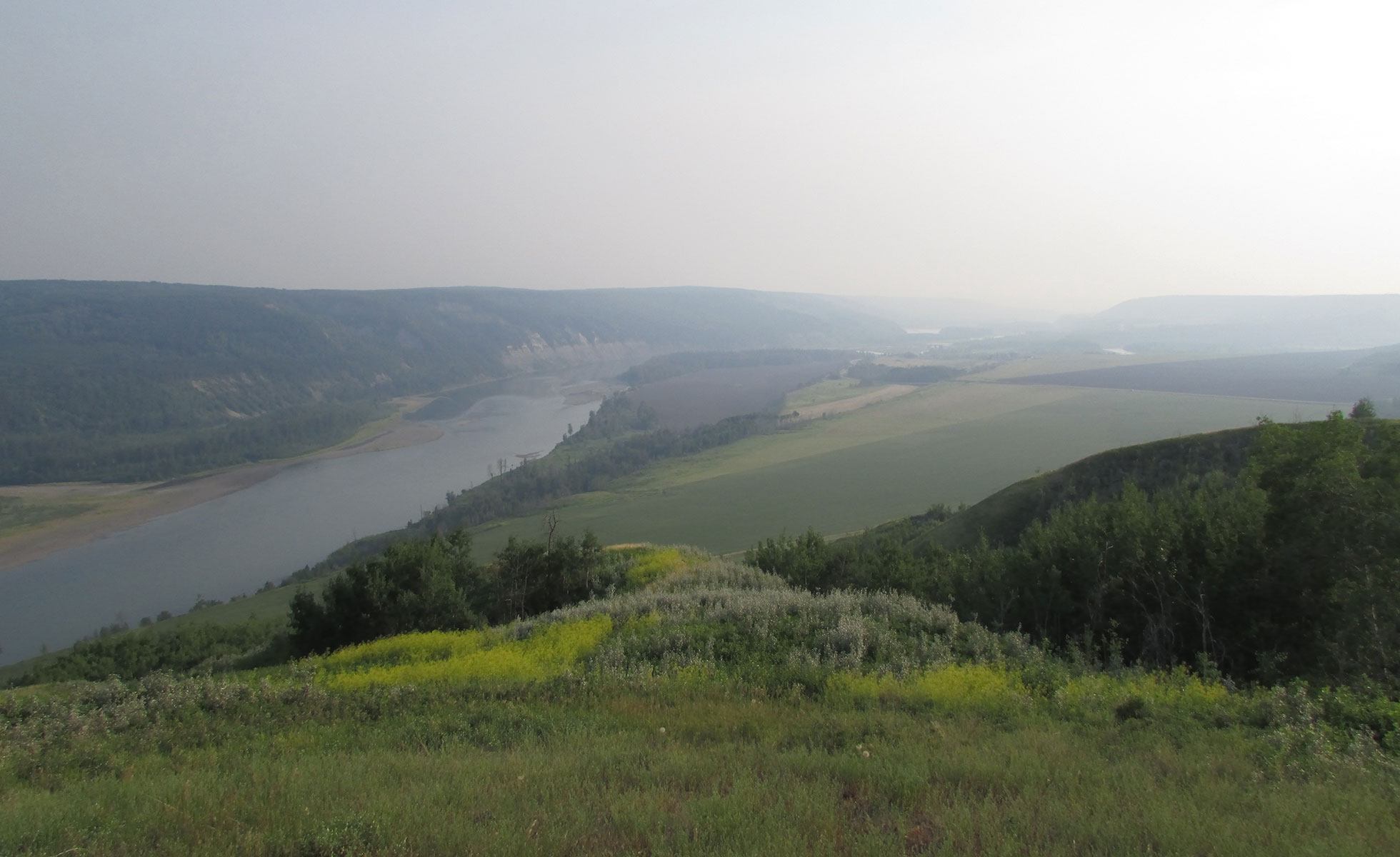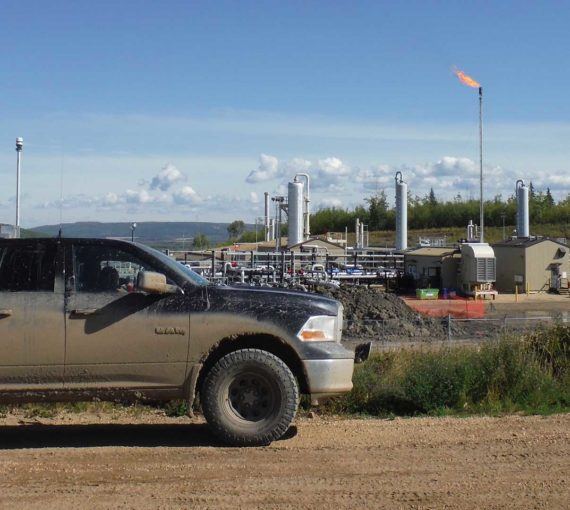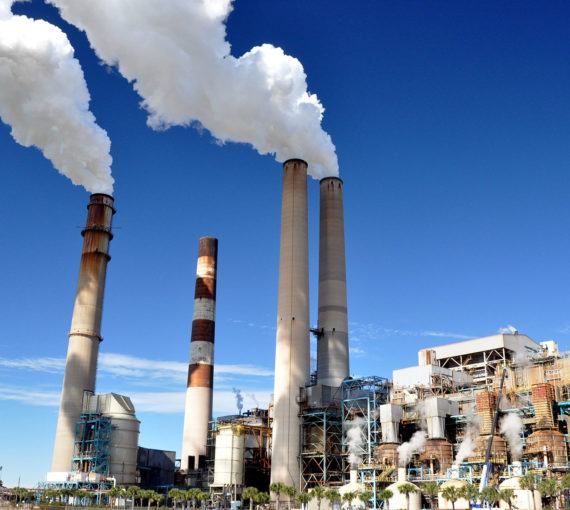
A view of the Peace River Valley. A 100-kilometre stretch of this valley would be flooded if the Site C dam is built. (Photo: DeSmogCanada via Flickr)
As many countries move away from big hydro projects, B.C.’s government must decide whether to continue work on the Site C dam. The controversial megaproject would flood a 100-kilometre stretch of the Peace River Valley and provide enough power for the equivalent of about 500,000 homes.
The BC Utilities Commission, an independent body responsible for ensuring British Columbians pay fair energy rates, found the dam is likely behind schedule and over budget, with completion costs estimated at more than $10 billion. In a “high impact” scenario, it may go over budget by as much as 50 per cent.
The dam has faced court challenges and political actions by Treaty 8 First Nations and farmers whose land would be flooded. Treaty 8 First Nations stand to lose hunting and fishing grounds, burial sites and other areas vital to their culture and sustenance. West Moberly and Prophet River First Nations demonstrated the devastating environmental impacts Site C will have.
The Peace Valley’s land and waters are an integral part of First Nations’ identity, stories, songs and language. An open letter opposing the project, signed by 27 people and groups, including Amnesty International, says the project betrays Canada’s commitment under the UN Declaration on the Rights of Indigenous Peoples. Consent from affected Indigenous Peoples is required for developments such as megadams, yet the West Moberly and Prophet River First Nations did not give consent.
BC Hydro’s economic analysis also ignored ecosystems and the benefits they provide. The David Suzuki Foundation estimates ecosystem services from farmland, wetland and other natural capital in the Peace watershed are conservatively worth $7.9 billion to $8.6 billion a year. Services that sustain the health and well-being of local communities include air and water filtration, erosion control, recreational services and wildlife habitat. The replacement value of what will be lost by flooding far exceeds the dam’s economic returns. Failure to account for the loss of ecosystem services puts us on a destructive course and undervalues natural capital in regulatory decisions.
Alternative energy sources such as wind, solar and geothermal, leveraging existing projects and prioritizing localized generation could be as good — or better — for B.C. ratepayers as the megadam. Alternative energy has the advantage of being able to be timed for when it’s needed. Additional generation capacity may not even be necessary because BC Hydro currently exports or sells a significant amount of power, often at a loss, outside the province.
Serious concerns are also being raised about production and release of methylmercury from soil. When land is flooded, naturally occurring soil bacteria can convert mercury to methylmercury, a toxic compound that can move up the food chain and potentially harm human health. Modelling projections for Muskrat Falls dam on the lower Churchill River indicate flooding likely will increase methylmercury 10-fold in the dammed river and 2.6-fold in surface waters downstream. Methylmercury concerns loom at 22 major dams now proposed or under construction close to Indigenous communities in Canada, including Site C.
The area to be flooded is some of the North’s most arable farmland. Agrologist Wendy Holm estimates this breadbasket can feed a million people in the region, an important feature as climate change alters growing seasons and demands more local food systems.
Dams now supply about three-fifths of Canada’s electricity. A long-held belief that big hydro projects are the most economically sustainable energy options is fast losing support as renewable energy costs plummet and projects multiply worldwide. The Peace Valley has an incredible ability to generate natural wealth if protected from development. The alternative is ecological fragmentation.
Economic scrutiny of Site C was long overdue but only answers some questions about hydro megaprojects. We can’t elevate the economy above what we need to survive. Humans are now the primary factor altering the physical, chemical and biological properties of the planet on a geological scale. Building more megadams epitomizes the folly of our ways.
The Site C dam should never have been approved. Continuing construction is bad public policy, and it’s not too late to halt it. Canada must join other nations and stop the destructive, unnecessary practice of damming major rivers and running roughshod over Indigenous rights and title. Lower impact renewable energy, like wind, solar and geothermal, look better every day.



